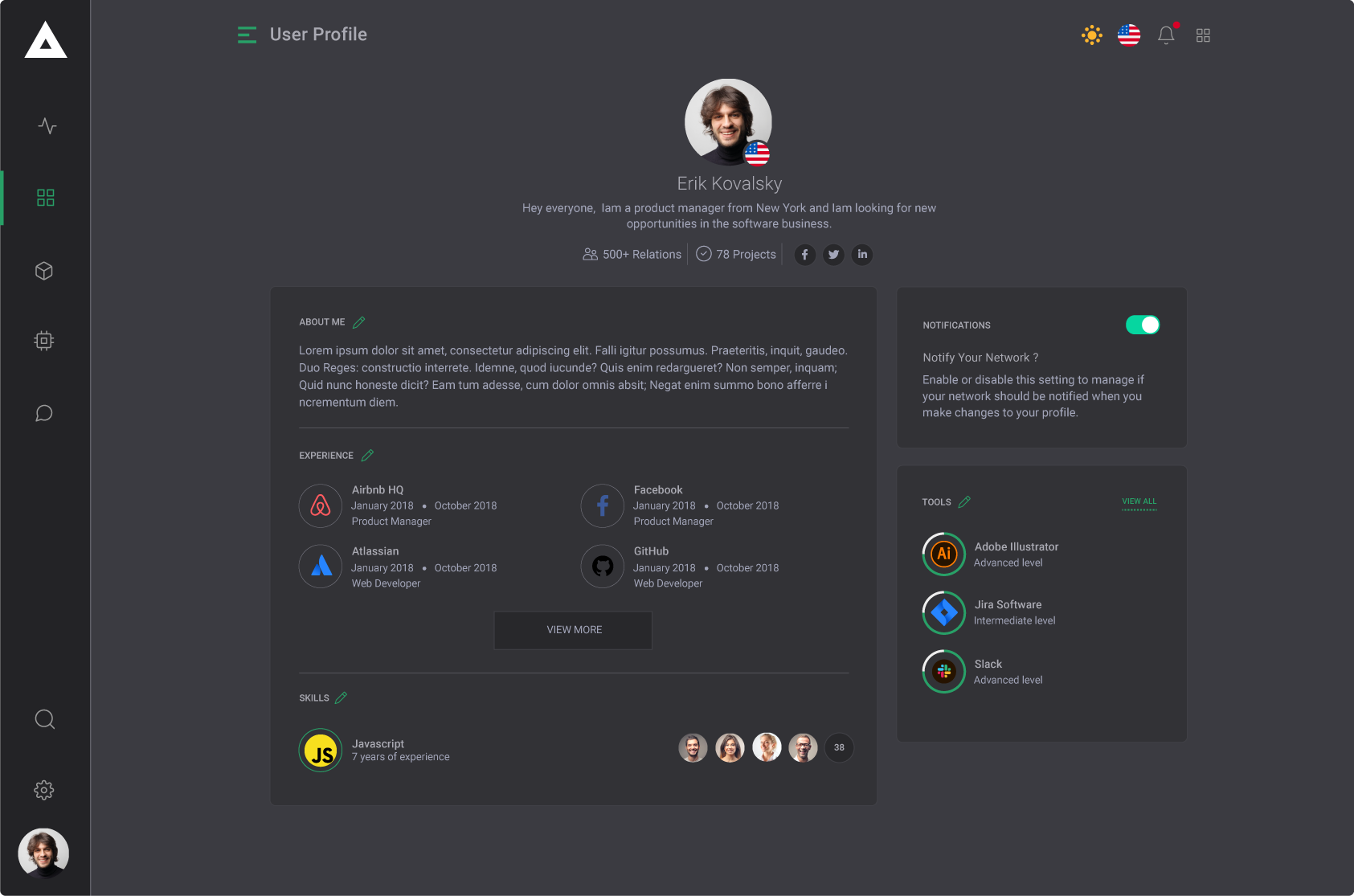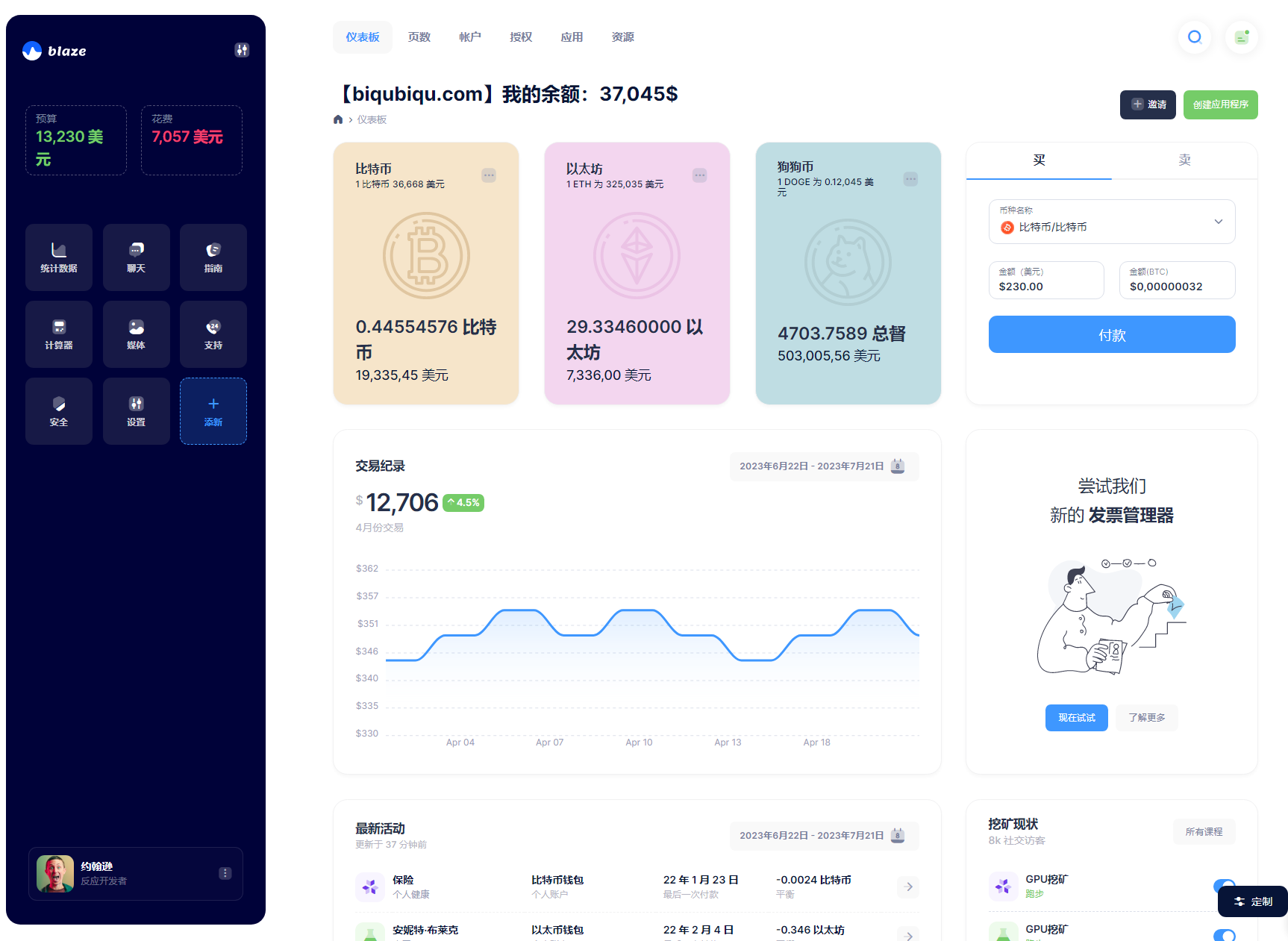海航通信实名账号:The Impact of Wearables on Data Plans and Internet Usage
The Impact of Wearables on Data Plans and Internet Usage
Introduction:
Wearable technology has emerged as a transformative force in the realm of personal electronics, revolutionizing the way we interact with information and enhancing our daily lives. From smartwatches to fitness trackers, wearables have become ubiquitous, offering a multitude of features and functionalities. However, this technological advancement has also had a significant impact on data plans and overall internet usage. This article delves into the ways in which wearables have influenced data consumption and examines the implications for mobile network operators, consumers, and the digital landscape.
Data Consumption and Usage Trends:
The proliferation of wearables has contributed to a substantial increase in data usage. According to a report by Cisco, global internet traffic is projected to grow exponentially, with wearables accounting for a significant portion of this growth. The constant connectivity and real-time data processing capabilities of wearables, such as streaming music, receiving notifications, and tracking fitness data, result in higher data consumption. Furthermore, the integration of cellular connectivity in certain wearables allows users to access the internet without relying on a smartphone, leading to even higher data usage.
Impact on Mobile Network Operators:
The surging data demand generated by wearables has posed both challenges and opportunities for mobile network operators. On the one hand, the increased data usage translates to higher revenue and potential for growth. The growing number of wearable users represents a substantial market for network providers, offering opportunities for revenue generation through data plans tailored specifically for wearables.
On the other hand, the strain on network infrastructure caused by the influx of wearables can be significant. With wearables continuously sending and receiving data, network congestion and latency become issues that need to be addressed by mobile network operators. This requires investments in network upgrades and infrastructure expansion to accommodate the growing demand for data capacity.
Implications for Consumers:
The impact of wearables on data plans has direct implications for consumers. As wearables become more sophisticated and data-intensive, the demand for higher data limits and faster internet speeds increases. Consumers may need to upgrade their data plans or consider unlimited data options to avoid exceeding their data allowances and incurring additional charges.
Moreover, the proliferation of wearables has led to the emergence of new data plan offerings specifically tailored for these devices. These plans typically provide smaller data allotments at lower cost, catering to the unique usage patterns of wearables. Consumers have the flexibility to choose data plans that align with their specific needs and budget, allowing them to optimize their data consumption.
【4.】Changes in Internet Usage Patterns:
Wearables have not only influenced data consumption but also altered internet usage patterns. With wearables, users can access information and services in new and convenient ways. For instance, smartwatches allow users to receive notifications, check messages, and access certain apps without having to take out their smartphones. This seamless integration of wearables with smartphones has shifted some internet usage from smartphones to wearables.

Additionally, the health and fitness tracking capabilities of wearables have promoted a more active and health-conscious lifestyle among users. The ability to track steps, calories burned, and heart rate has led to an increase in online searches for fitness-related information, workout routines, and nutrition tips. This shift in internet usage patterns has created new opportunities for businesses in the health and wellness sector to engage with consumers through online platforms.
【5.】Data Security and Privacy Concerns:
The growing reliance on wearables has also raised concerns regarding data security and privacy. These devices collect and store sensitive personal information, including health data, location data, and usage patterns. The transmission of this data over wireless networks exposes it to potential interception and misuse.
To address these concerns, wearable manufacturers and mobile network operators have implemented various security measures, such as encryption and two-factor authentication, to protect user data. However, it is important for consumers to be aware of the potential risks associated with sharing personal information through wearables and to take necessary precautions to safeguard their data.
Conclusion:
The impact of wearables on data plans and internet usage is multifaceted and continues to evolve as wearable technology advances. The surge in data consumption driven by wearables has created both challenges and opportunities for mobile network operators. Consumers have had to adapt their data plans and usage patterns to accommodate the growing data demands of wearables.
As wearables become an integral part of our daily lives, it is crucial to strike a balance between the convenience and functionality they offer and the potential risks associated with data security and privacy. By embracing responsible data management practices and implementing robust security measures, we can harness the full potential of wearables while safeguarding user data and privacy.

